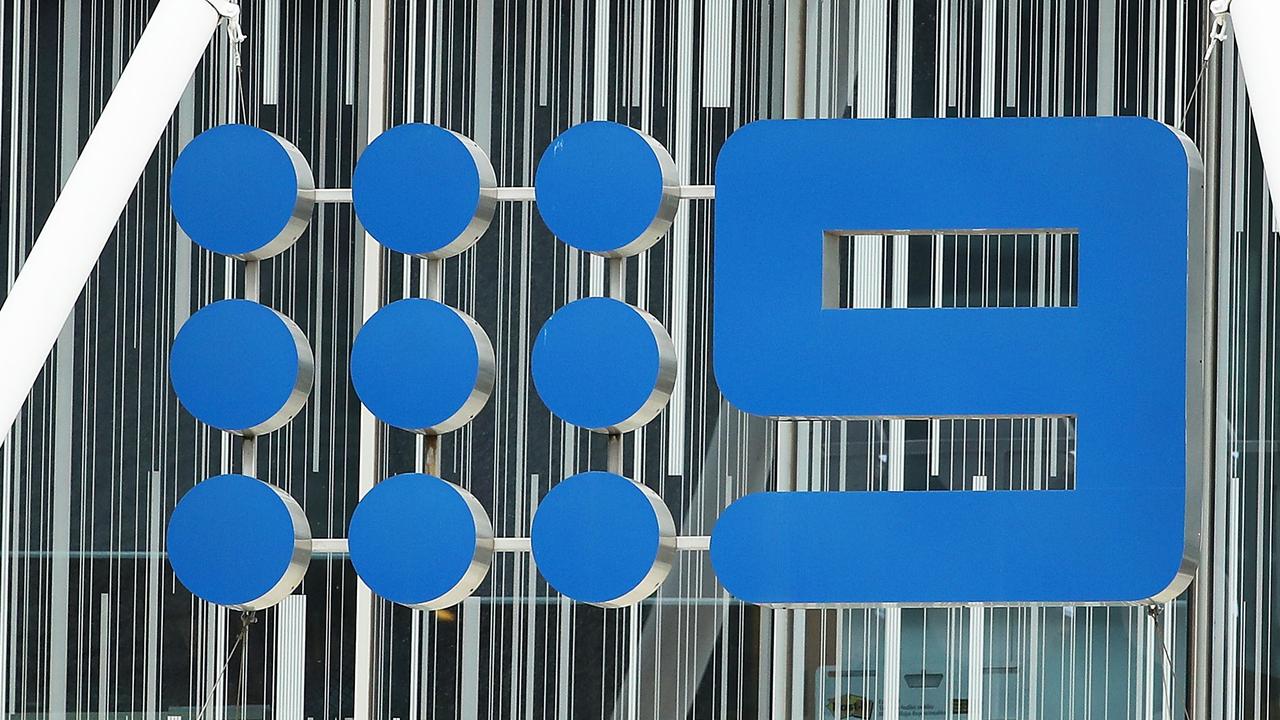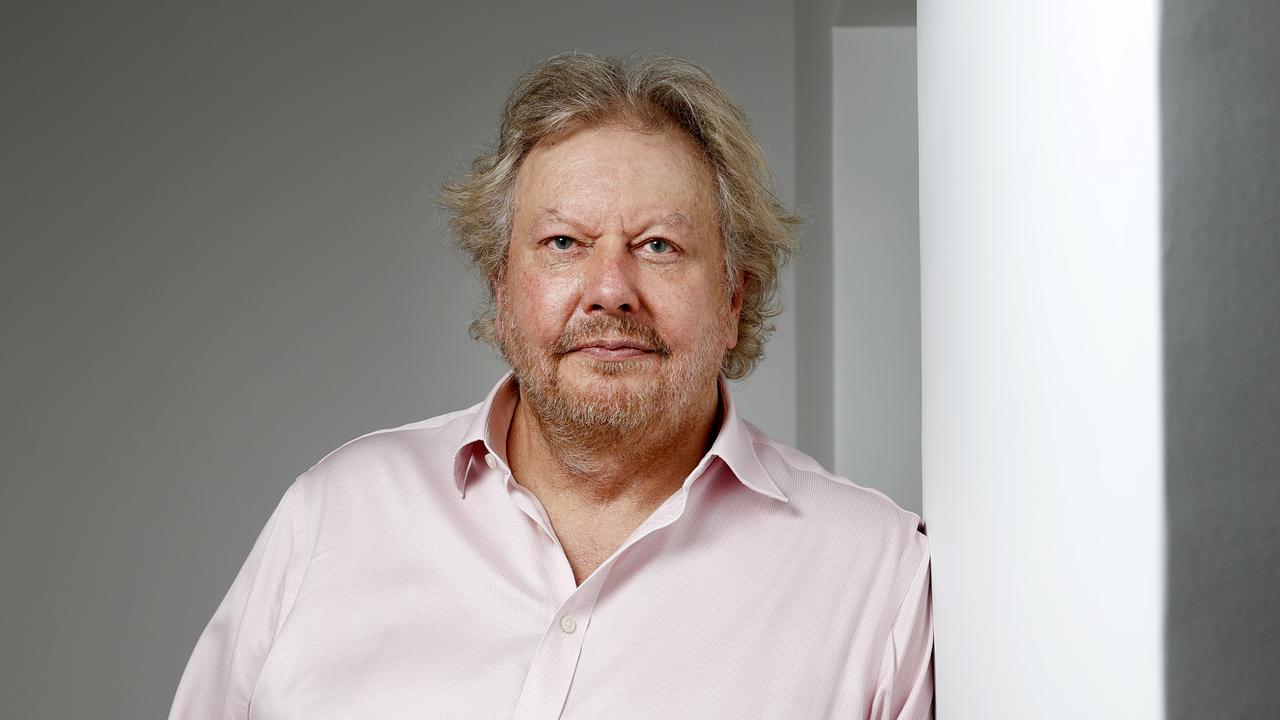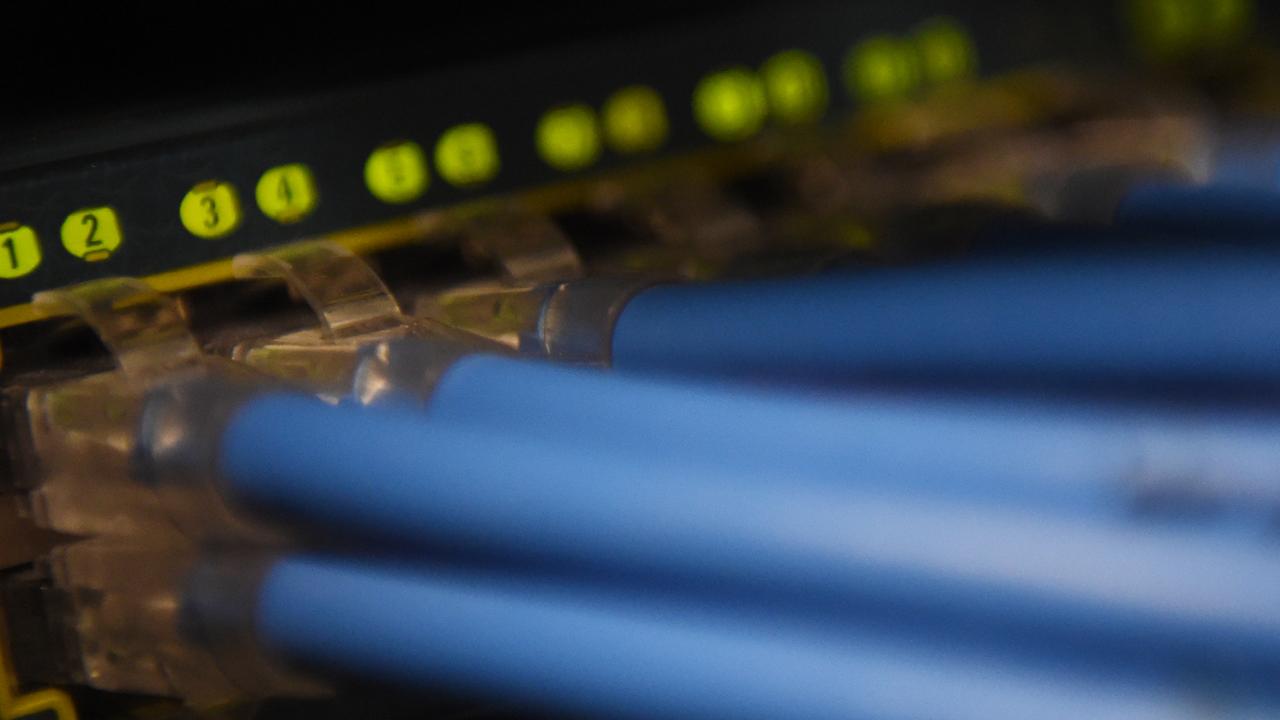The real reason behind Sydney Airport delay chaos
Qantas boss Alan Joyce was wrong when he blamed holiday makers for the passenger gridlock at Sydney Airport ... there’s another culprit.
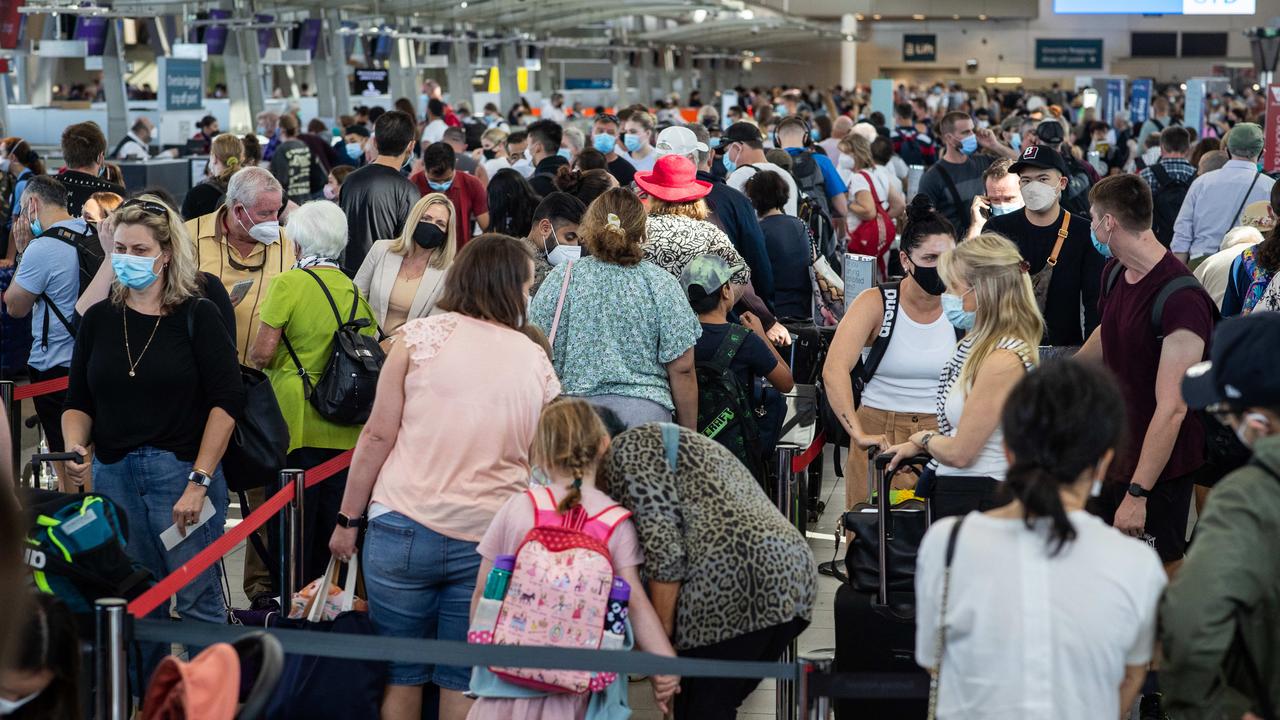
Business
Don't miss out on the headlines from Business. Followed categories will be added to My News.
The lines snaking around Sydney Airport are a worrying case of businesses being too consumed with a defensive mindset and failing to prepare for the wave barrelling down on them from the demand side.
It’s also the first failure for the airport’s brand new owners – an IFM Investors-led consortium – as well as air carrier Qantas when it comes to doing their part in helping the economy return to “Covid normal”.
It’s troubling that service-focused businesses badly underestimated the level of demand even with the added advantage of the visibility of forward bookings.
Indeed Qantas boss Alan Joyce could do worse than have a quiet chat with Coles chief executive Stephen Cain or Woolworths’ Brad Banducci about managing “surge demand” and planning for Covid disruptions. Both supermarket bosses have been living it for the past two years although their respective customer bases were more driven by panic rather than wanting to go on a holiday.
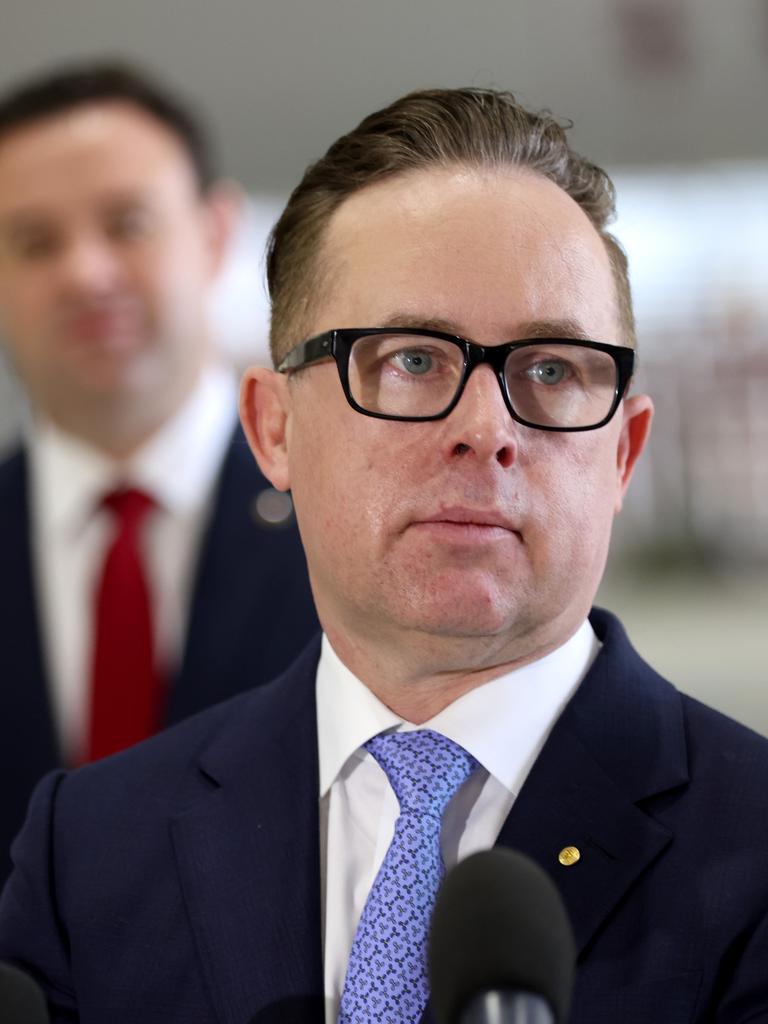
Both sides of Canberra should take note of what days of extended lines at Sydney airport really represent.
Low unemployment and high levels of household savings are putting the economy on a new footing which could mean a different conversation through the federal election.
This is namely about how to sustain rates of economic growth and manage the pains – including accelerating inflation – that come with it.
That is why Labor leader Anthony Albanese’s first day campaigning gaffe on the 0.1 per cent cash rate (which has not moved for 18 months) and unemployment rate, was such a major blunder. The economy matters like never before.
There are signs of Australians willing to spend are everywhere: from the record 419,000 crowd attending Melbourne’s Formula One Grand Prix over the weekend to the wave in holiday bookings over Easter which is also extending to accommodation and hotel availability. Rising cost of living and the late flood season haven’t dampened the consumer mood.
As job vacancies surge unemployment is expected to fall even further, with some economists including Citi tipping it to move to just 3 per cent by the end of next year, which essentially means an economy in full-employment. Money markets have factored in all this demand, responding with a sharp rise in long-term bond yields to match inflation expectations.
A basic rule in the aviation industry is about preparing for the seasonal passenger bump, with Easter and Christmas the standouts, but the chaos at Sydney Airport had several cascading factors that made a bad situation worse. The overriding theme is the aviation sector has lost its match-fitness after more than two years of groundings and border closures.
Different pressure points at all parts of the passenger supply chain from the check-in kiosk, to baggage and then security compound into bigger, costly delays.
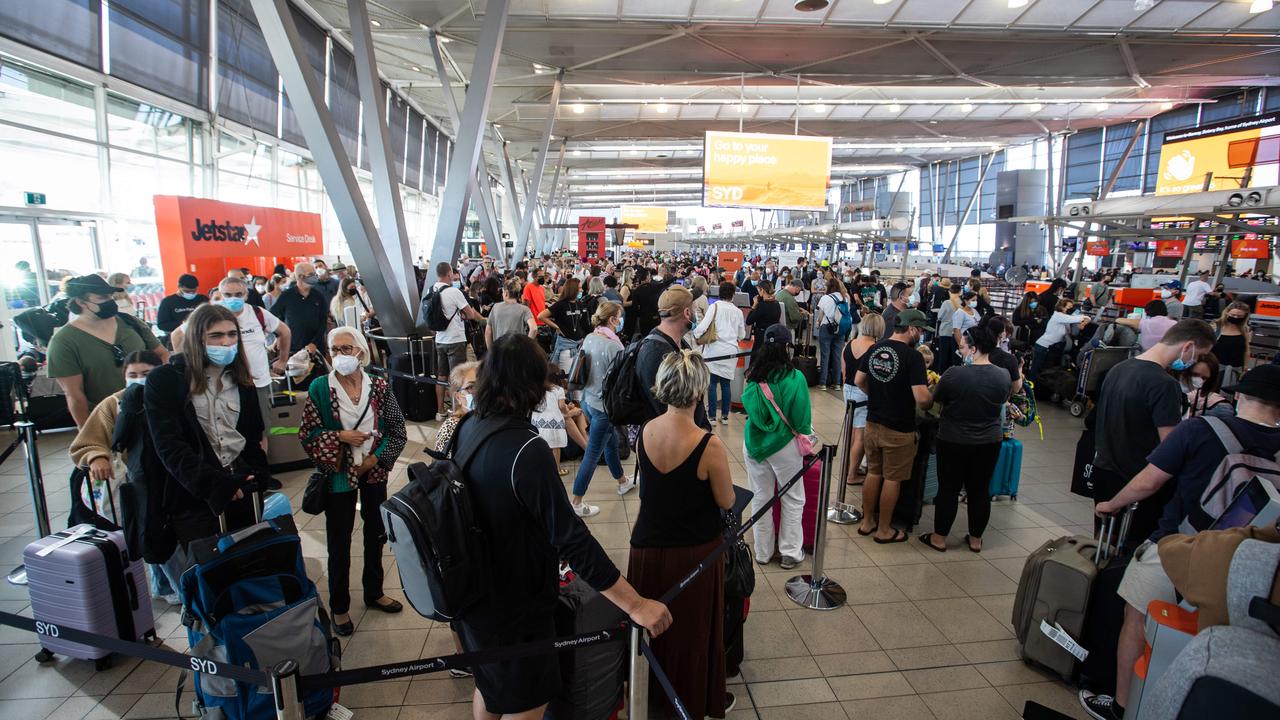
In a desperate bid to remain alive over the past two years Qantas has been forced to slash costs which has seen more than 8500 staff made redundant following Covid, reducing the potential pool to cover gaps on rosters.
With thousands more also cut from Virgin Australia, this represents institutional knowledge leaving the business while placing intense pressure on the remaining workers.
For Qantas, cracks started appearing in February when the airline handed down an underlying interim loss of $1.28bn and Joyce conceded the airline needed to shift its focus towards employee retention. In doing so he introduced a long-term bonus scheme for around 20,000 non-management staff and made a specific call out for back office and technology roles for recruitment.

There is an element of truth in Joyce’s comments that customers are “rusty”.
Sydney Airport chief executive Geoff Culbert, fresh from the airport’s $23.6bn sale to IFM and its partners, also said “inexperienced” travellers were contributing to the delays, which probably isn’t helpful considering the airport is still operating below its pre-Covid capacity, according to traffic numbers.
And that doesn’t get the airline off the hook. At some point a decision has been made about the cost-effectiveness of front line staff or check in principles during a holiday surge.
This time of year flights are dominated by holiday makers and travelling families, who often have more complicated check-in requirements and travel with luggage which slows the process from checking-in to slowing down security screening. Even so, the same customers have likely paid a premium for their tickets to travel together at this time of year which means they should expect to have some reasonable service.
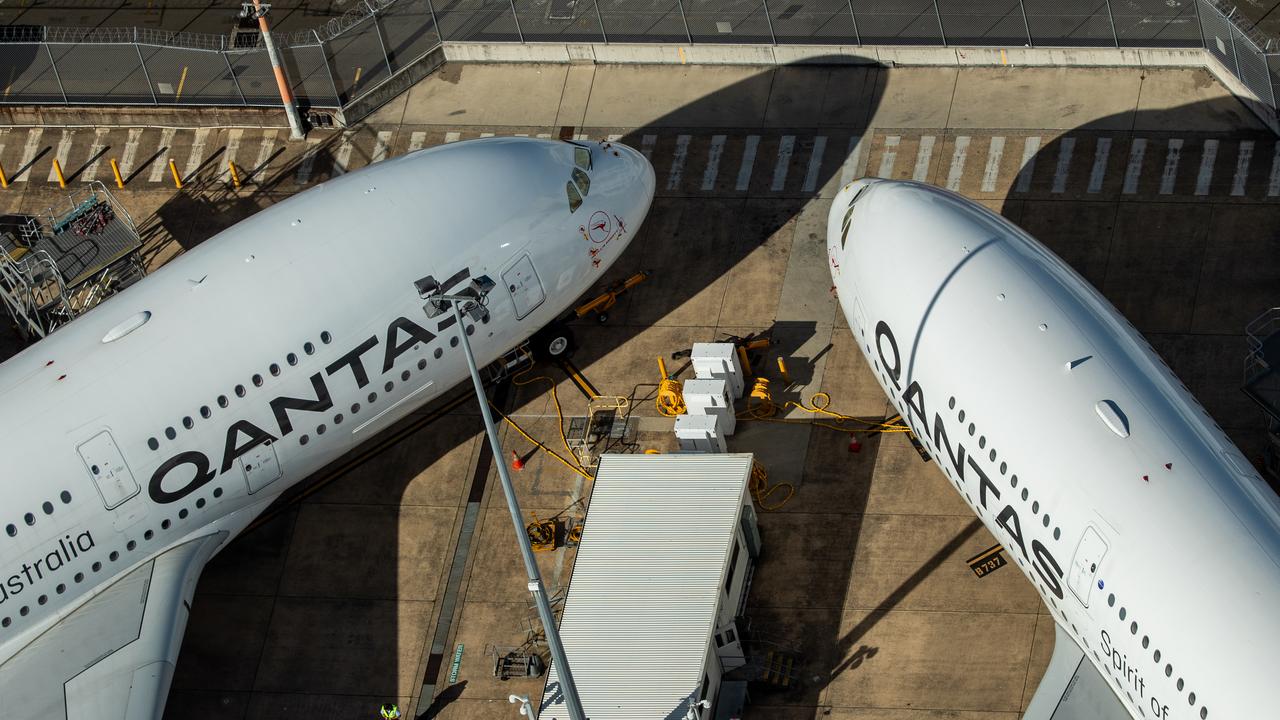
Still, the Qantas board operates under a group risk management framework, with customer satisfaction and loyalty nominated as a key risk factor.
The “significant financial and operational challenges” posed by Covid-19 and the airline’s response could impact customer satisfaction and loyalty, the risk framework notes.
A more sobering way for airlines – or any big business for that case – is to review the way they deal with customers in light of what was uncovered during the 2018 Hayne financial services royal commission where major banks and wealth manager AMP were accused of charging customers fees for no service across their financial planning and investment businesses.
A damning $3bn has been refunded to customers so far under the scandal that saw customers charged for financial advice they never received.
Royal commissioner Kenneth Hayne at the time was scathing about the practice, saying it was “ethically and morally wrong”.

Sydney Airport had been bracing for a holiday surge for weeks, telling people from late March to start arriving two hours early for domestic flights going into the Easter and school holiday period. Delays are expected to continue until Anzac Day.
Staff absenteeism remains another big blame point with Joyce pointing to a 20 per cent absenteeism rate as staff isolate under Covid rules.
Supermarkets including Coles and Woolworths were tested to their limits during the Sydney and Melbourne lockdowns and had thousands of staff off. But their surge came around Christmas as case numbers of Omicron were spreading.
Both supermarkets now have well-run playbooks for dealing with Covid staffing issues. Neither operator is currently reporting higher-than-normal staff absenteeism rates compared to the Omicron peak over summer.
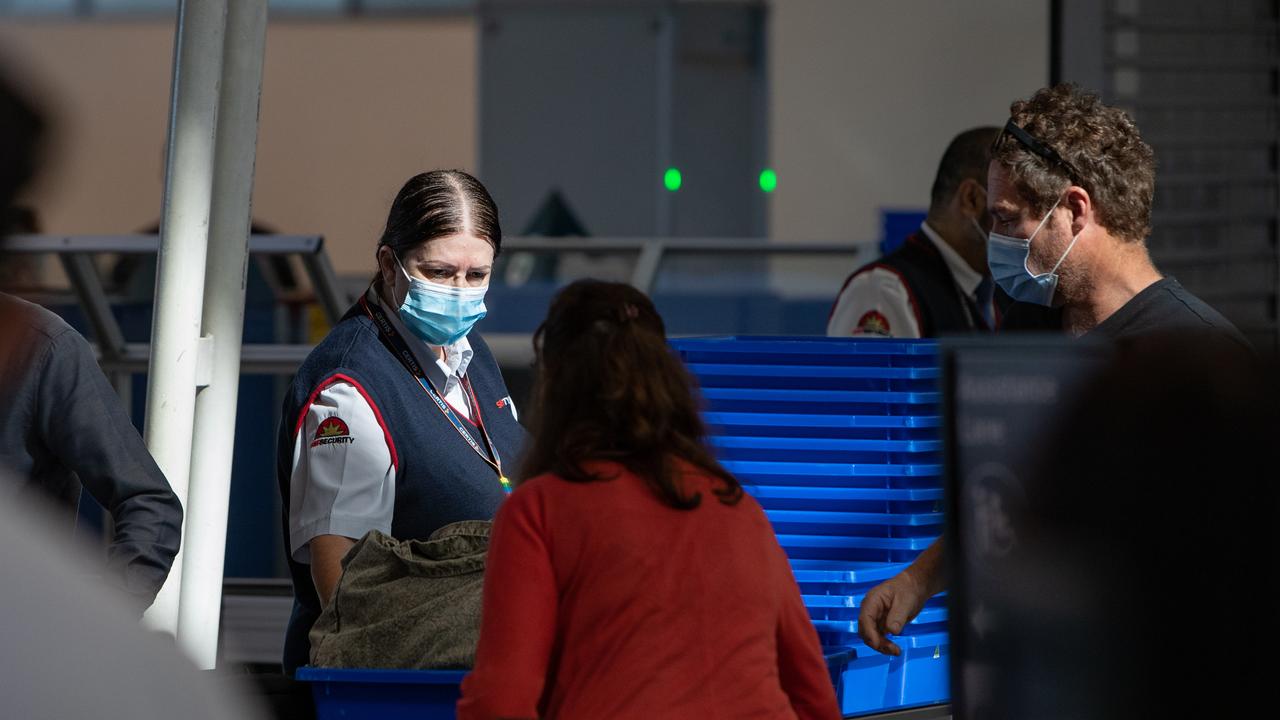
At one point last year Woolworths reported more than 14,000 staff were in isolation. The supermarket operator was forced to close some stores while Coles operated some stores on a skeleton staff.
Both operators prioritised essential functions which often involved moving staff from some areas of the store to cover gaps. A big change was the loosening of the Covid isolation rules, the definition of a close contact allowed many to get back to the workplace and this transition was managed.
Woolworths boss Brad Banducci recently told The Australian that initiatives including telehealth for staff as well rapid antigen tests were part of the Covid operating manual now. It was in January this year that absenteeism escalated to 40 per cent across some warehouses.
“We are learning our way through. We are becoming better at all these things, we will definitely be better prepared for the next challenge that comes. Everything we’ve done stands us in very good stead for the future,” Banducci said.
A Coles spokesman on Monday said Covid-linked absenteeism was still being experienced but operations were continuing with minimum disruption.
“As they have since the beginning of the pandemic, our team are continuing to work with our suppliers and transport partners to keep our stores replenished,” the spokesman said. “We continue to support team members who are unwell or close contacts, as well as following government health orders in each state.”
Originally published as The real reason behind Sydney Airport delay chaos






